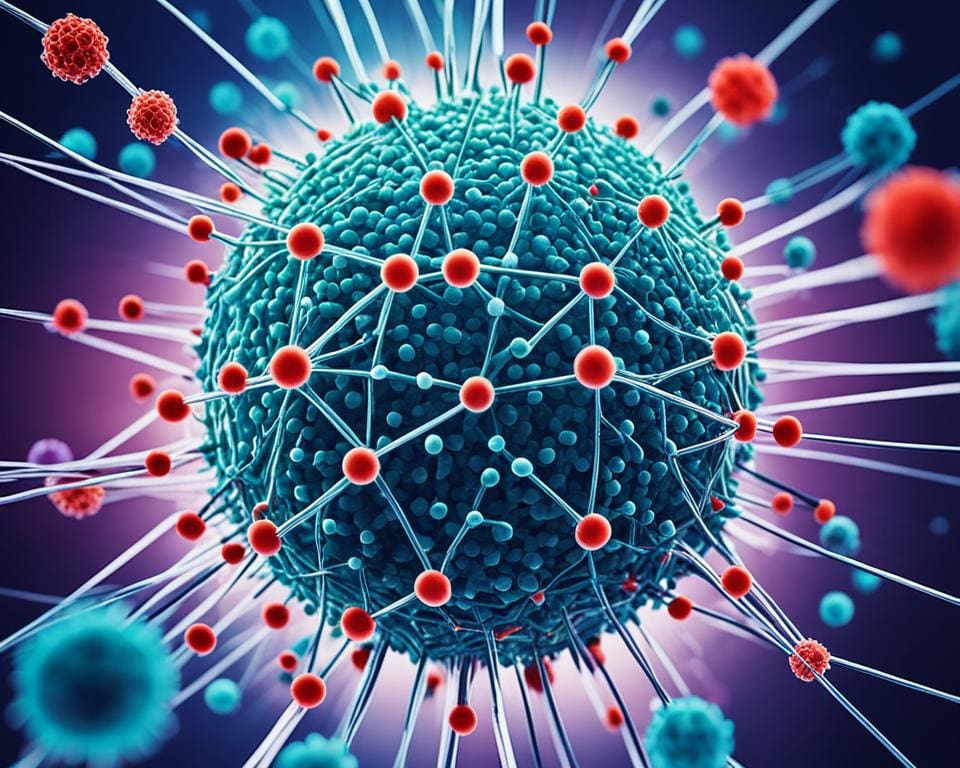Sexually transmitted diseases (STDs), also known as sexually transmitted infections, are a significant public health concern that impacts millions across the United States. With over 20 million new cases reported each year, the importance of health education surrounding what are sexually transmitted diseases cannot be overstated. Understanding these conditions is crucial, as it empowers individuals to make informed decisions and take proactive steps to protect their health.
Being knowledgeable about STDs fosters awareness, reduces stigma, and encourages healthy behaviors. By learning about the risks and preventative measures, we can contribute to the fight against sexually transmitted infections and promote a healthier society. As we delve deeper into the complexities of STDs, let’s embrace the journey toward awareness and understanding.
What Are Sexually Transmitted Diseases
Understanding what are sexually transmitted diseases (STDs) is crucial for maintaining sexual health. These infections are primarily transmitted through intimate contact, including vaginal, anal, and oral sex. They can result from various pathogens, including viruses, bacteria, and parasites, significantly impacting an individual’s health. Awareness of these diseases fosters a proactive approach to personal health, including the need for regular STD testing.
Definition and Overview
Sexually transmitted diseases represent a vast range of infections that affect individuals through sexual activity. These diseases often go unnoticed due to a lack of visible symptoms, further complicating awareness and prevention efforts. Understanding the definitions and characteristics of common STIs can empower individuals to take informed actions regarding their sexual health.
Types of STDs
Some of the most prevalent STDs include:
- Chlamydia: One of the most frequently reported STIs in the United States.
- Gonorrhea: Increasingly resistant strains highlight the need for effective STD testing.
- Syphilis: Once considered almost eradicated, rates have risen in recent years.
- HIV/AIDS: Ongoing education about prevention and treatment remains vital.
These common STIs showcase the importance of understanding STI statistics, as they can guide individuals in making informed and responsible choices regarding their sexual partners.
Common Myths and Misconceptions
Numerous myths and misconceptions surround sexually transmitted diseases. For instance, many people believe that only promiscuous individuals or those engaging in casual sex contract STDs. This view overlooks how anyone can be at risk, particularly if proper precautions are not observed. Another misunderstanding is that visible symptoms always indicate an STD infection; many individuals remain asymptomatic, making regular STD testing essential for all sexually active individuals.

STDs Symptoms and Transmission
Understanding the symptoms and transmission routes of sexually transmitted diseases (STDs) is crucial for effective prevention and treatment. Recognizing the common symptoms can aid in early detection, while knowledge of transmission pathways can help mitigate risks. Awareness is key to living a healthy life and making informed decisions regarding sexual health.
Common Symptoms of STDs
Many individuals with STDs experience a range of symptoms, which can vary significantly depending on the infection. Common STDs symptoms include visible lesions, unusual discharge, and flu-like symptoms such as fever and fatigue. However, it is important to note that numerous infections may present no symptoms at all, allowing them to go unnoticed and potentially spread. Understanding these symptoms can empower individuals to seek treatment for STDs promptly.
How Are STIs Transmitted?
STIs can be transmitted through various routes, primarily during sexual activities such as oral, anal, and vaginal sex. Additionally, sharing needles and contact with infected bodily fluids also plays a significant role in this transmission. Recognizing how STIs are transmitted is essential for implementing effective prevention of STDs, as it enables individuals to adopt safer practices and reduce their vulnerability.
Risk Factors for STDs
Certain behaviors and circumstances can increase the risk of contracting STDs. Engaging in unprotected sex, having multiple partners, and substance use are notable risk factors. By being aware of these vulnerabilities, individuals can take proactive measures, leading to better sexual health. Emphasizing the importance of prevention strategies, such as regular testing and open communication with partners, is vital in combating the spread of these infections.









